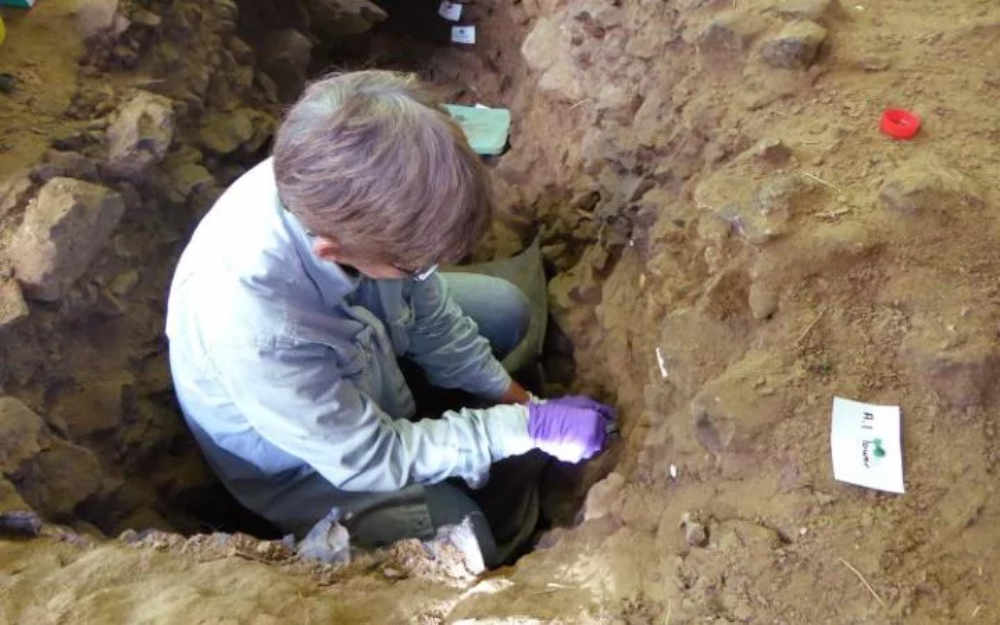The Telegraph — International scientists have uncovered prehistoric human DNA of two extinct human relatives – the Neanderthals, and the Denisovans- from caves without bones, an advance that could shed new light on human history and evolution.
The technique could be valuable for reconstructing human evolutionary history, according to the study published on Thursday in the journal Science.
That’s because fossilised bones, currently the main source of ancient DNA, are scarce even at sites where circumstantial evidence points to a prehistoric human presence.
“There are many caves where stone tools are found but no bones,” said Matthias Meyer, a geneticist at the Max Planck Institute for Evolutionary Anthropology in Leipzig, Germany, who co-authored the study.
The researchers collected 85 sediment samples from seven caves in Europe and Russia that humans are known to have entered or even lived during the Pleistocene, between 14,000 and 550,000 years ago.
By refining a method previously used to find plant and animal DNA, they were able to search specifically for genetic material belonging to ancient humans and other mammals.
“This work represents an enormous scientific breakthrough,” said Antonio Rosas, scientist at Spain’s Natural Science Museum in Madrid.
“We can now tell which species of hominid occupied a cave and on which particular stratigraphic level, even when no bone or skeletal remains are present.”
Scientists focused on mitochondrial DNA, which is passed down the maternal line, because it is particularly suited to telling apart closely related species. By analysing damaged molecules they were able to separate ancient genetic material from any contamination left behind by modern visitors.
The remainder of this article is available in its entirety at The Telegraph
